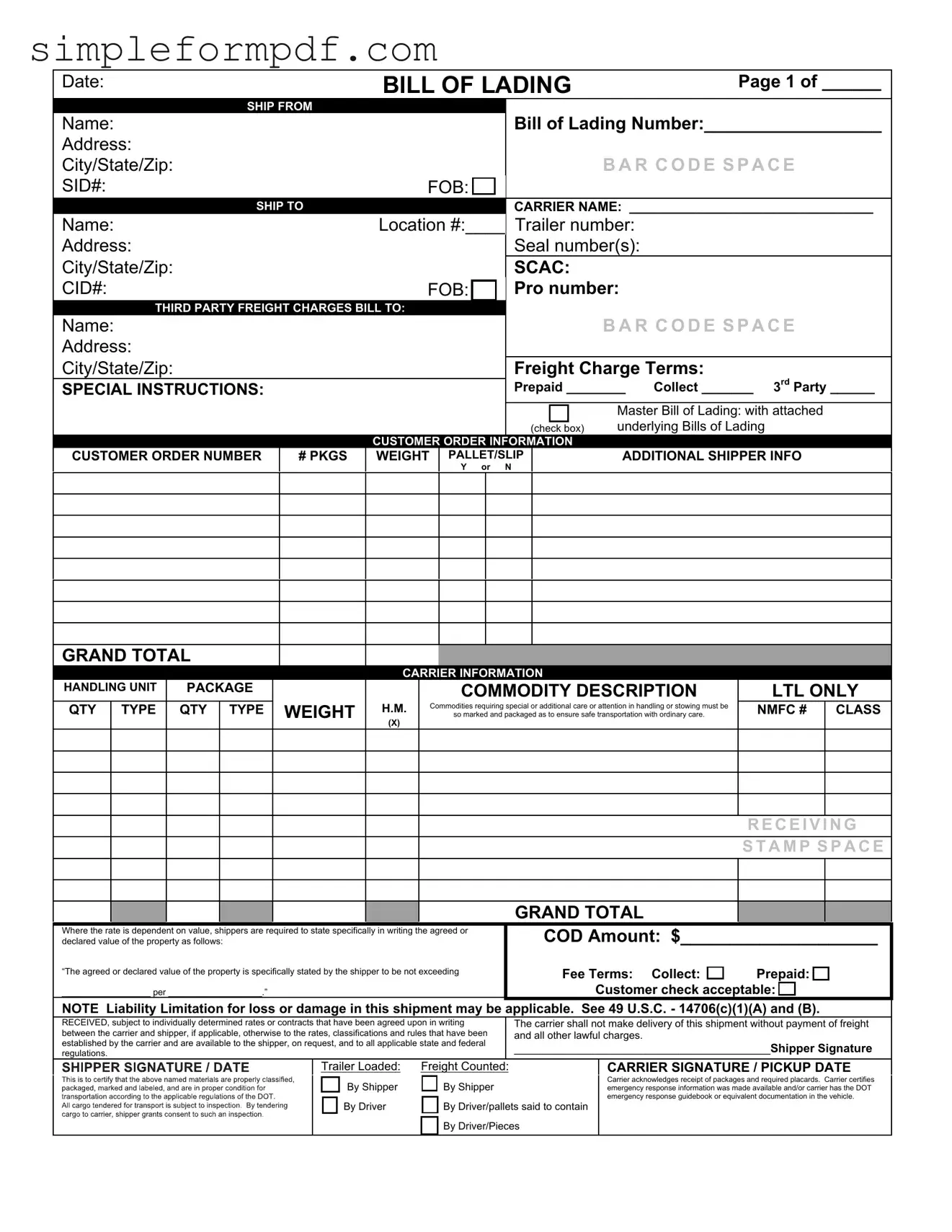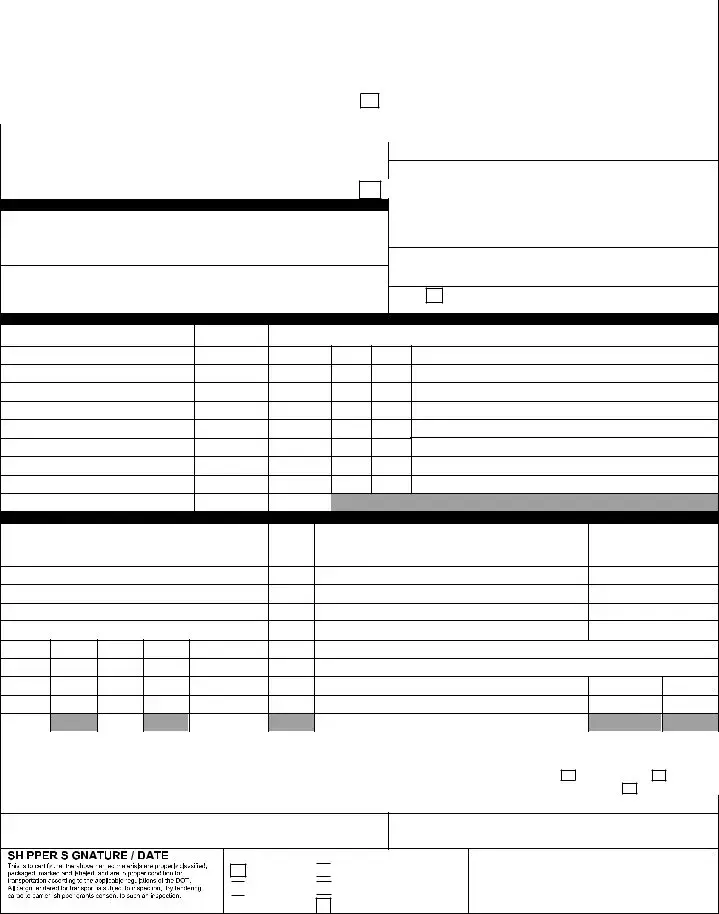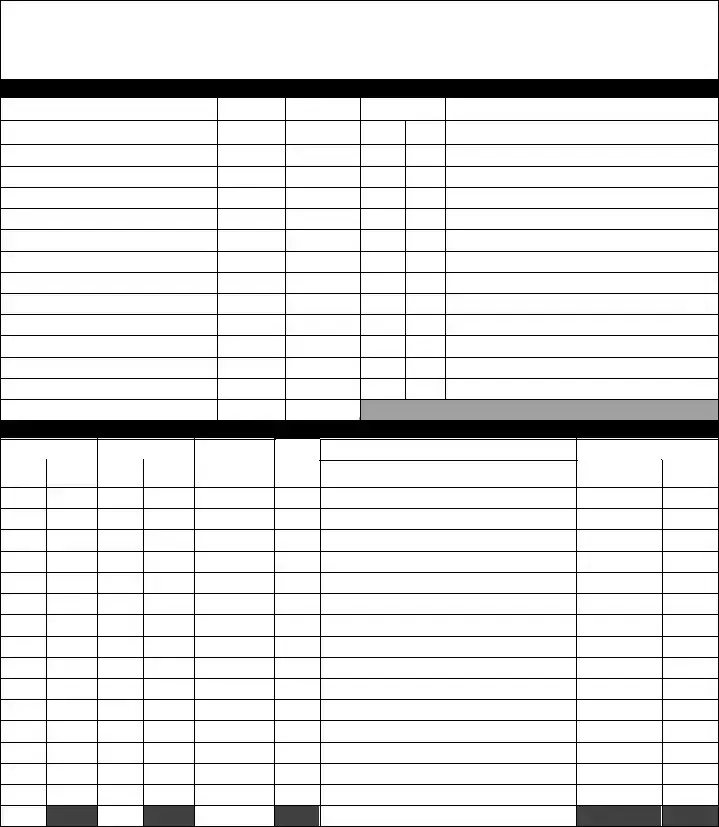How to Use Bill of Lading with a Supplement
Completing the Bill of Lading with a Supplement form is an important task that requires attention to detail. This form is essential for ensuring that all necessary shipping information is accurately recorded. Following the steps below will help you fill out the form correctly.
- Begin by gathering all relevant information related to the shipment, including the shipper's and receiver's details.
- Locate the section for the shipper's name and address. Clearly print the full name and address of the person or company sending the shipment.
- Next, find the section for the receiver's name and address. Again, clearly print the full name and address of the person or company receiving the shipment.
- Fill in the date of the shipment in the designated area. Ensure that the date is accurate to avoid any confusion.
- Provide a detailed description of the goods being shipped. Include the quantity, type, and any special handling instructions if necessary.
- Indicate the weight and dimensions of the shipment. This information is crucial for transportation and handling purposes.
- If applicable, include any special instructions for the carrier. This may include information about the delivery method or any specific requirements.
- Review all entries for accuracy. Double-check names, addresses, and shipment details to ensure everything is correct.
- Sign and date the form where indicated. This confirms that all information provided is accurate and that you agree to the terms outlined in the document.
Once the form is completed, keep a copy for your records and provide the original to the carrier. This ensures that all parties involved have the necessary documentation for the shipment process.


 to certify that the above named materials are properly classified, packaged, marked and labeled, and are in
to certify that the above named materials are properly classified, packaged, marked and labeled, and are in proper condition for transportation according to the applicable regulations of the DOT.
proper condition for transportation according to the applicable regulations of the DOT.
 By Shipper
By Shipper
 By Driver
By Driver 
 By Driver/pallets said to contain
By Driver/pallets said to contain